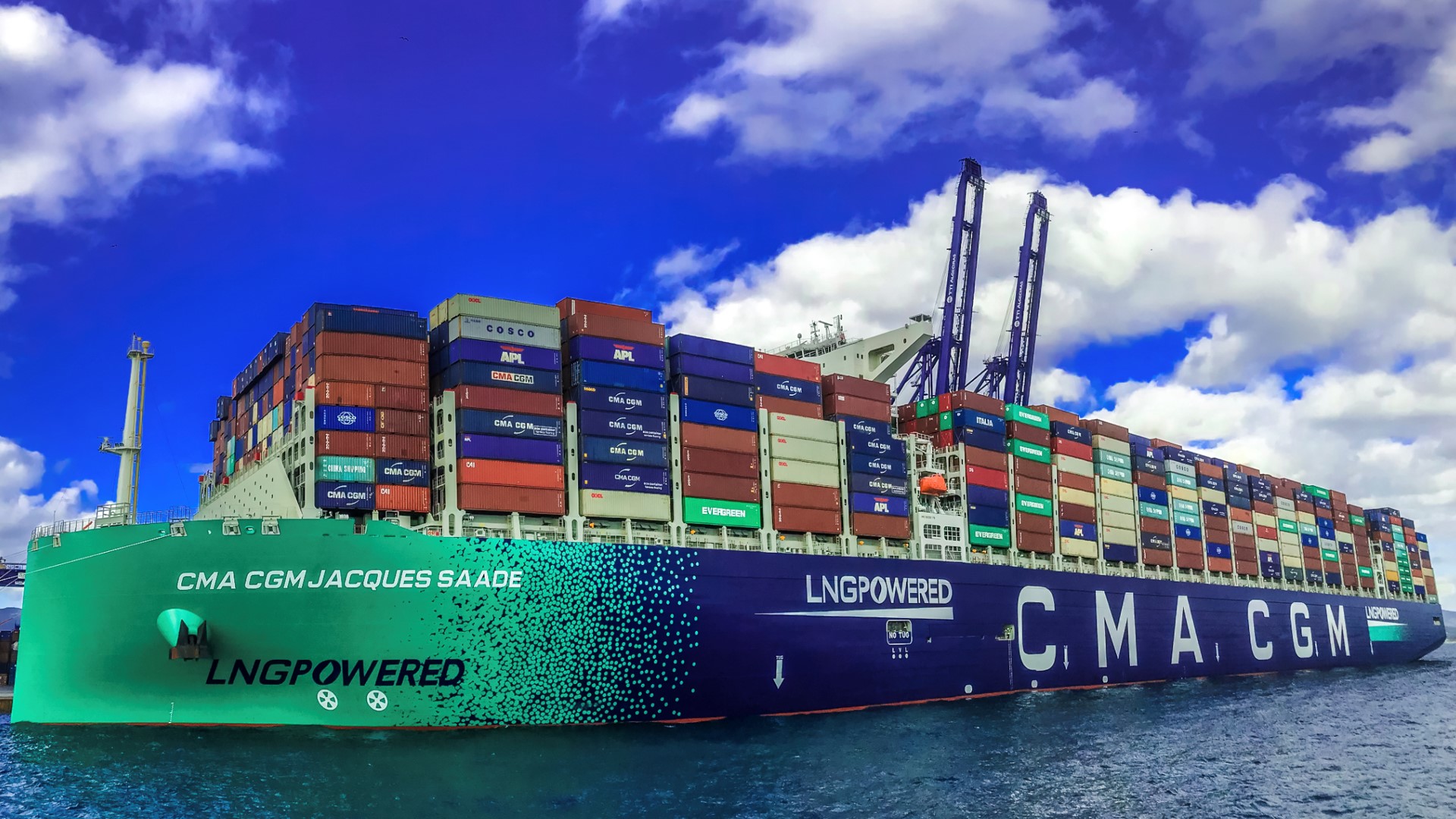Sustainability and environmental efforts within the maritime sector mark the set agenda in the years to come. Nevertheless, these are no meaningless or recent trends, despite the fact that current objectives forces the industry to a major change. And this year 25-year anniversary of EcoPorts, ESPO’s main environmental initiative of the European port sector, proves so. In this context, in order to reach the ambitious common goals, ports are opening their greening efforts, relying on a powerful network, increasing monitoring and joining shared initiatives.
Regarding environmental management, policy and framework, ports are becoming more transparent sharing environmental performances and communicating their policy to stakeholders and other interests parties. Moreover, the majority tend to possess certified Environmental Management System (EMS) distinction (e.g. EMAS, EcoPorts PERS, ISO 140001, etc.).
Port environmental monitored indicators reflect a true commitment with significant increases over the years in the different areas: water quality, marine ecosystems, energy efficiency, noise and more. In which it can be highlighted that climate change has become top priority for European ports.
Furthermore, tackling sustainability through the deployment of OPS, alternative fuels, such as LNG, or even the provision of dues reductions and rebates for green shipping, continue its growing trend and adoption.
“The only way forward for the maritime sector and the EU economy lies in sustainable development with decarbonisation as the most urgent aim.”
The main inputs and contributions are:
- The 25-year anniversary of EcoPorts Network, proves European ports commitment and efforts in favour of sustainability, environmental-driven behaviour and green shipping. In which, year by year, more ports are on boarding.
- Solid foundations are being established since ports are building up environmental performance based on substantial framework and open policies. For instance, 90% of respondent ports have an environmental monitoring programme in place, almost 75% of ports’ sample publish environmental reports, 75% have a current, certified Environmental Management System (EMS), either EcoPorts PERS, ISO 14001, or EMAS in place, or 90% have current environmental monitoring programmes with proper objectives and targets.
- However, it has been noted a slight decrease in the percentage of ports that share their policies to stakeholders or normal public, 86% and 82% respectively. Probably driven by the adoption of new members to the network which lack of these procedures.
- In comparison with 2013, findings continue to reveal enhanced monitoring indicators over all key environmental topics. Outstanding the interannual growth and interest for water quality (+12%), sediment quality (+11%) or marine ecosystems (+6%).
- Surprisingly, since air quality remains at top-2 priority, its monitoring has been reduced by 5% this year, with no reasonable purposes find out yet.
- Results seem to confirm that ports are also becoming better at dealing with extreme weather events, since ports are making efforts to improve resilience.
- Despite the varying priorities in the past years, ports seem to have settled their focal points, pushing efforts towards air quality, energy efficiency, noise, water quality and climate change, this year seen as top-1 priority for European ports.
- Ports are increasingly playing important roles as hubs of energy and nodes for the blue economy, as the main entry points of energy commodities, locations for energy production, as well as acting as enablers of the energy transition and allowing the introduction of new business models.
- Therefore, the deployment of Onshore Power Supply (OPS) and the provision of alternative fuels such as Liquefied Natural Gas (LNG) enable a better environmental performance of ports, addressing directly their sustainable concerns.
- In regard with OPS, more than half of the surveyed European ports provide it at one or more berths in 2022 (55%) and close to half (48%) of surveyed ports are planning to deploy it in the near future, contrasting with past goals. Moreover, a growing share of European ports (49%) also offer high voltage OPS, meaning that not only smaller vessels can be served (low voltage) but in addition large seagoing vessels. Fixed installations is the preferred mean since just a 14% count with mobile installations.
- The adoption of LNG as a greener fuel is increasing, however, at a lower pace than OPS presumably to the multiple alternatives and different industry directions. Out of the 38% of surveyed ports providing LNG in 2022, the vast majority can provide it by truck (89%).
- Fostering greener practices through dues’ rebates and discounts is followed by 60% of ports, growing significantly recently. Specifically for waste management mainly by the implementation of the Port Reception Facilities Directive.
“In these current challenging geo-political and economic times, the Ecoports’ monitoring tools will more than ever help ports in moving forward in their greening efforts and help maintain this green focus in the years to come.”




Leave a Reply